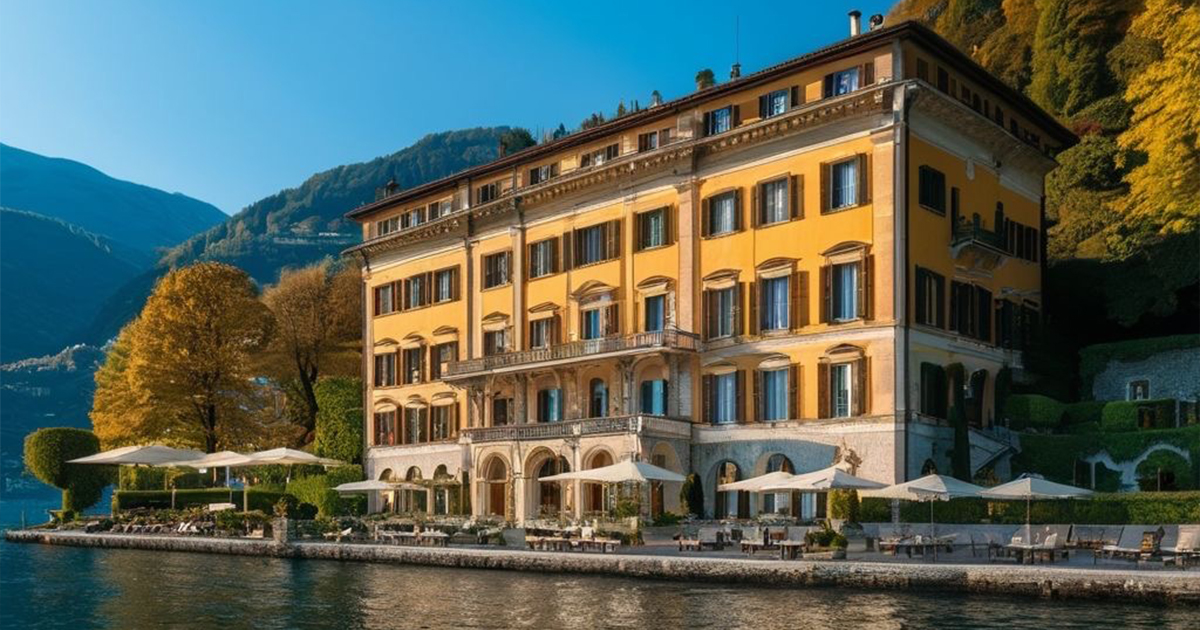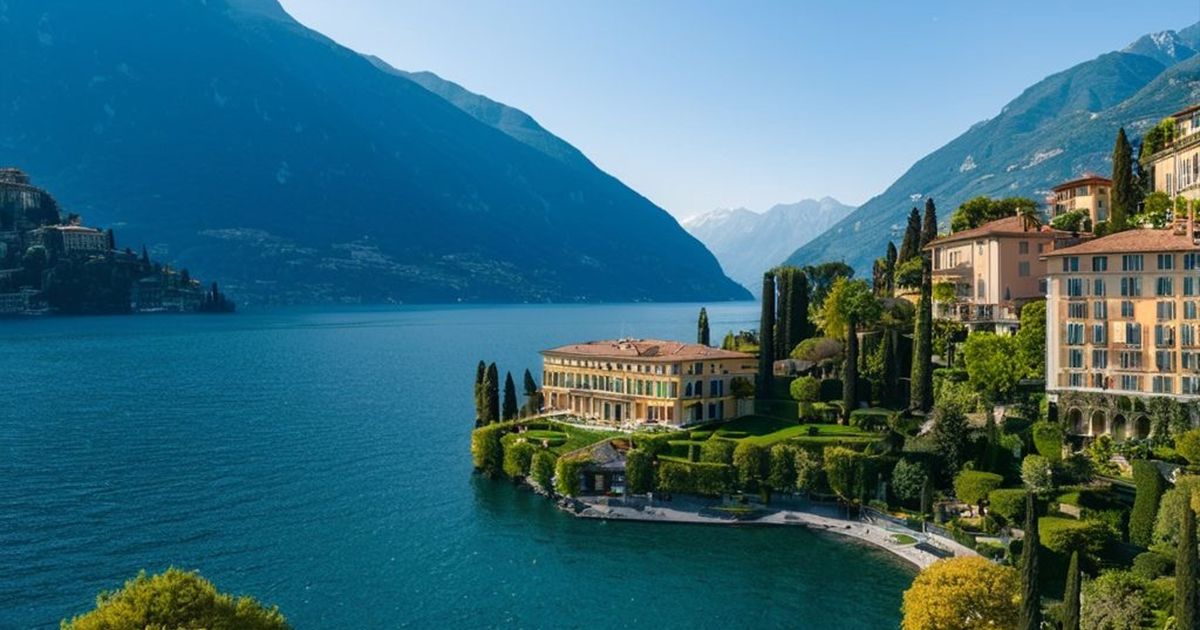Redefining Luxury: Designing Hotel Structures in Historic Buildings
The evolution of the hotel industry has seen a growing trend towards the restoration and transformation of historic buildings into luxurious accommodation structures. This practice not only preserves the existing architectural heritage but also adds a unique charm and distinctive atmosphere to visitors’ experiences.
Designing hotel structures in historic luxury buildings represents a fascinating challenge that requires a delicate balance between respect for history and transformation to meet contemporary needs.
One of the crucial aspects of this design process is the preservation of the building’s historical features, such as ornamental facades, frescoes, or distinctive architectural elements, which need to be harmoniously integrated with modern elements and cutting-edge technologies required for a high-end hospitality experience.

Interior design plays a fundamental role in defining the atmosphere and style of the hotel. The use of high-quality materials, custom furnishings, and thoughtfully designed lighting can transform historical spaces into elegant and contemporary environments, ensuring comfort and luxury for its guests.
Furthermore, environmental sustainability is becoming an increasingly important criterion in the design of new hotel structures, including those derived from historic buildings. The integration of eco-friendly solutions such as energy-saving systems, recyclable materials, and environmental management practices not only helps reduce environmental impact but also creates a positive and responsible image for the hotel.
In conclusion, the design of hotel structures in historic luxury buildings represents a fascinating synergy between past and present, where the beauty and elegance of historical heritage blend with the needs and expectations of modern travelers, offering a unique and unforgettable hospitality experience.




